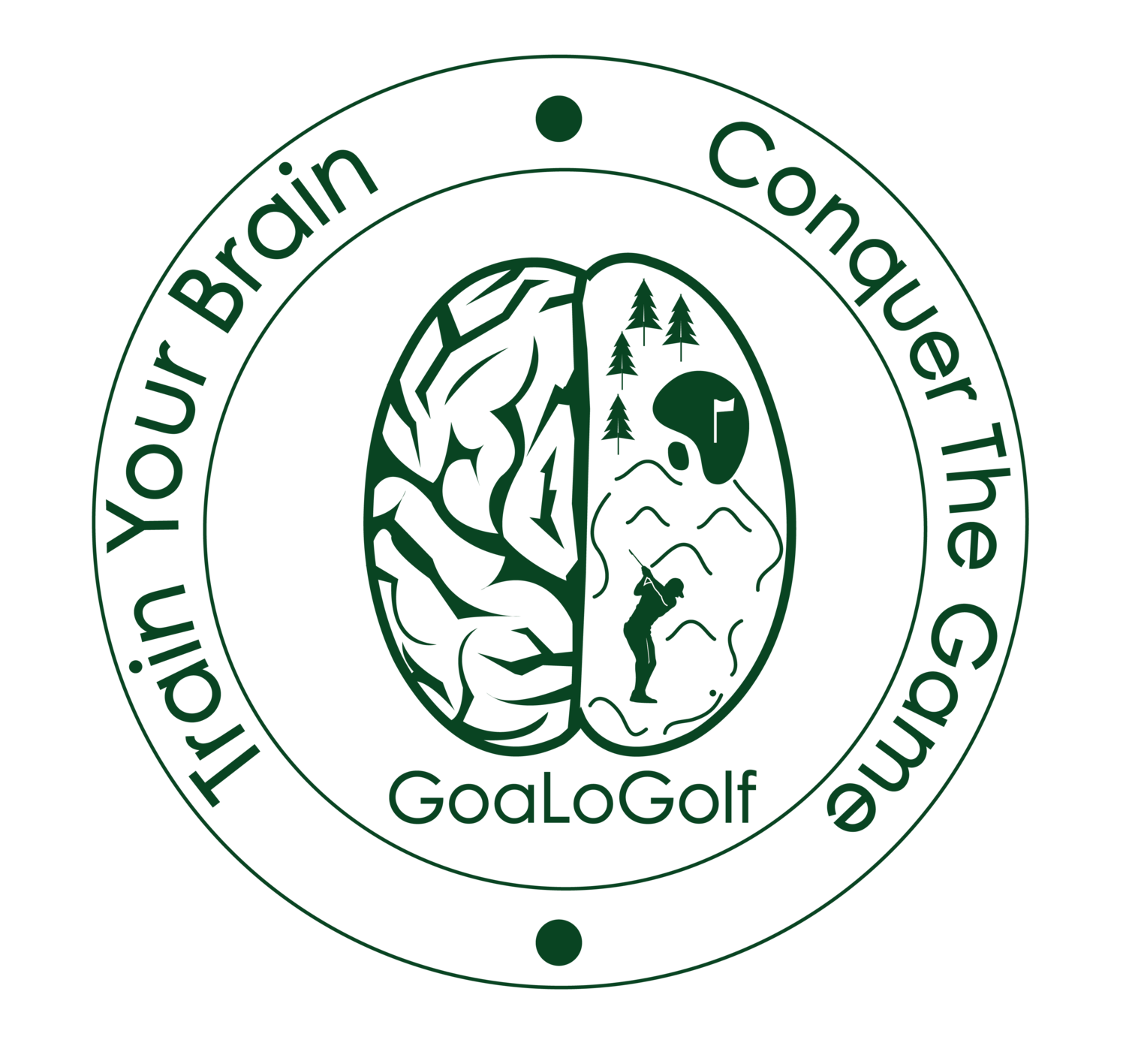By now some of you have seen Odell Beckham's ridiculous one-handed end-zone grab, with the degree of difficulty being escalated further by being heinously interfered with before the ball arrived.
https://youtu.be/zxbz3DDQzHU
His ability to make these one handed grabs has been highlighted during pre-season training sessions. If you haven't seen any of these, see the video here:
https://youtu.be/BY8xrmkN9w4
Suffice it to say that this is a man whose nervous system has been acutely tuned to the physics of football flight. He is able to read the trajectory of a ball and simultaneously control his own body (and hand) with such precision that he can manufacture these spectacular catches with seemingly no effort. Now he is endowed with big enough hands to make this possible (some world-class table-tennis players may have similar dexterity but could never make such a catch). And make no mistake, his training in catching balls this way makes his two-handed catching ability even more precise.
Training the neural networks involved in reading the physics of ball flight and adjustment of body mechanics (principally located in the cerebellum) by this rigorous exercise has several effects. The main one is that these networks can then collude to produce a simpler task with greater efficiency. If you are trying to improve an ability with which you already have a 99% success rate there are other ways at getting improvement besides repetition of what will seem like a boring and laborious task.
Take the ability to make 3 footers as an example. It will take most golfers who have been playing for >2 years an EXTREMELY long time to see substantial increases in their 3-foot make percentage) Training in a more diificult related task with a defined success of 40-60% rather than >90% will allow you to quickly see the improvement you seek.
How do you apply this to your game ?
With 3 foot putts, putt exclusively on the practice green with the blade of a wedge. This will fine-tune your "touch" to delivery the blade with the correct path, contact point and force that will make putting these with a putter trivial on the course.
Not exciting enough for you ???
With chips around the green, practice the toughest ones you can find one-handed with your highest lofted club. Define success as whatever you can do 5 out of 10 times. For some this would mean just making contact cleanly and moving the ball forward toward the target, for others it would be a 20 foot circle around the flag. Whatever it is for you (try 10 and draw a circle around your best 5) define it and work to get more than 7/10 in that range with every subsequent chipping session. Your short game will thank you out on the course.
Bottomline: Practice with a degree of difficulty that makes the game seem easy in comparison. It will do wonders for your actual golf game.

